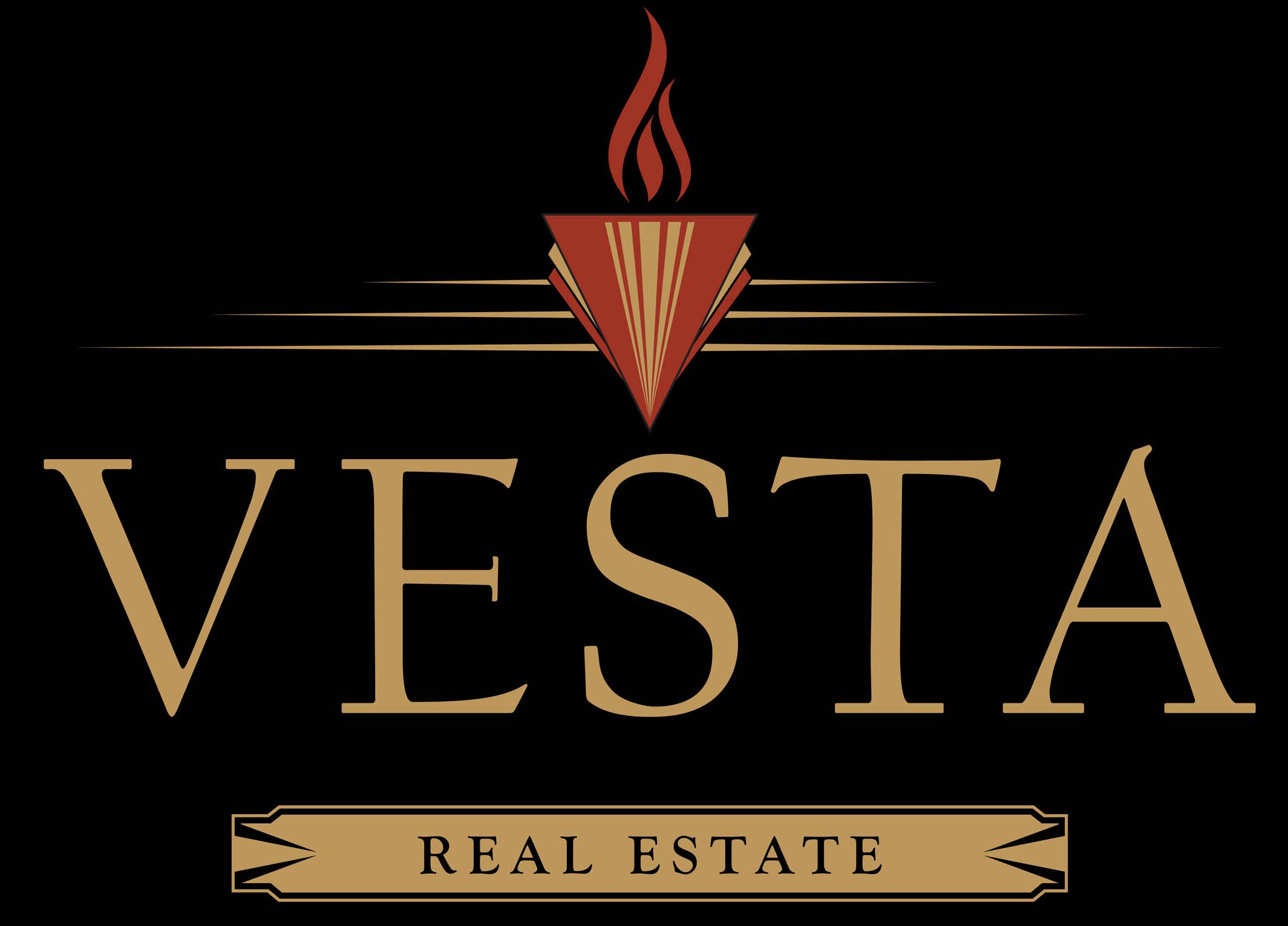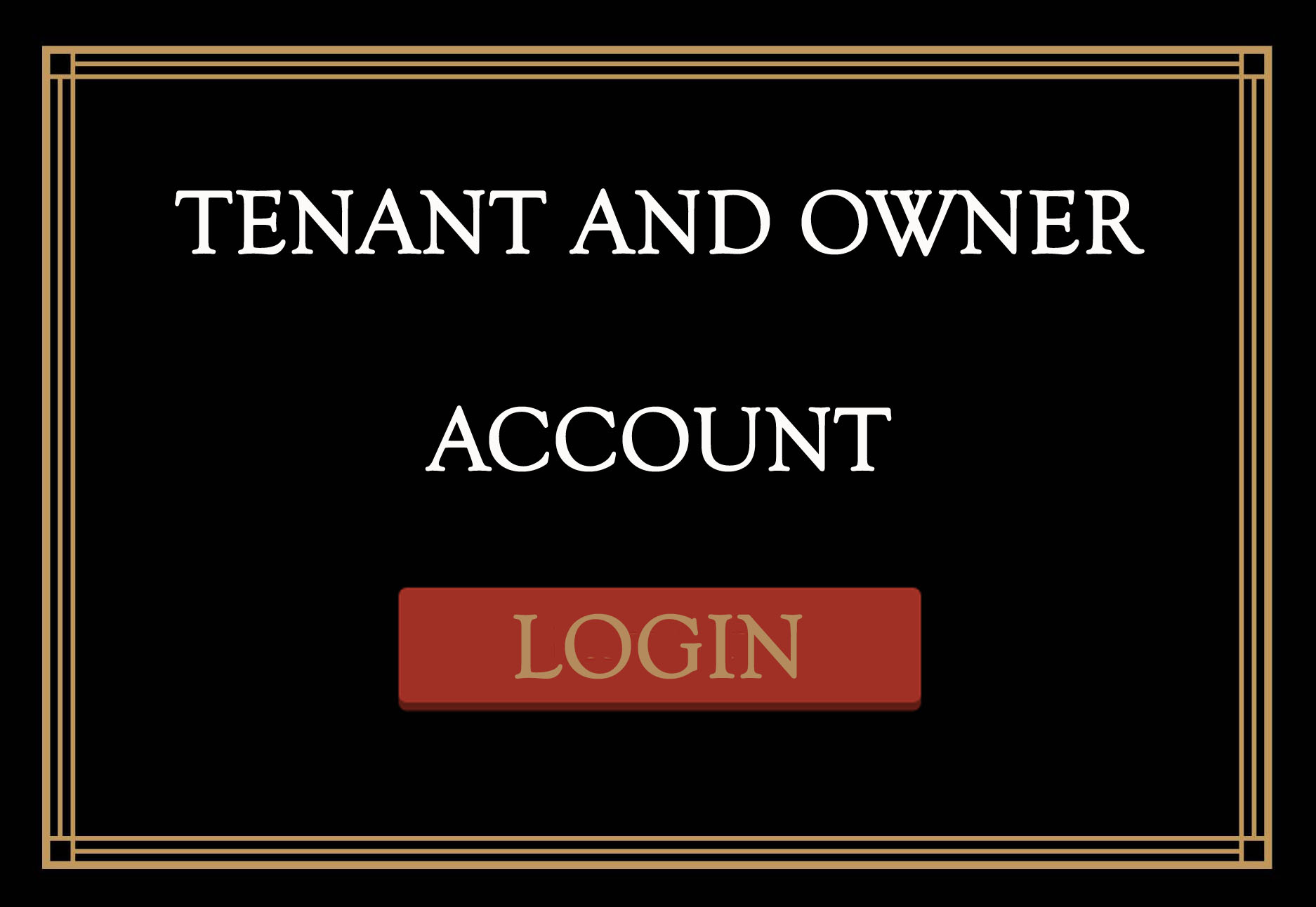Unaffordability By a Thousand Cuts

Published On: April 30, 2024 Posted by: Jeremy Peterson
With building material costs high and labor scarce, the cost to build a home is higher than it has been historically. This increased cost is hampering construction which in turn limits supply and thus increases the cost of existing housing. Add to this situation historically high interest rates, 40% higher hazard insurance premiums, and record high property taxes. Has the market had enough yet? Well, apparently not.
Just last week, April 25th, the Department of Housing and Urban Development announced that any new construction using HUD backed financing (think FHA, etc.) will be required to conform to the 2021 building code for energy efficiency. So why is this a big deal? It turns out that most cities and states have not adopted the 2021 building code because of the expense it would add to the cost of a new home. Homes built under the 2021 code cost about $30,000 more than their counterparts.
How will the market react to this? First, it seems that builders would avoid HUD financing if at all possible. Or at least it would be their option of last resort. For those left with no other options, their building products would of necessity be priced higher than similar homes. This could make a project uncompetitive from the get go. If the choice is to build something expense that nobody will buy or build nothing at all, builders may just sit it out hoping for better financing to come around. Surely the missing supply will be felt by the market and reflected in house prices.
Either way, it appears this new rule will be bringing higher prices to the housing market, whether we like it or not.




